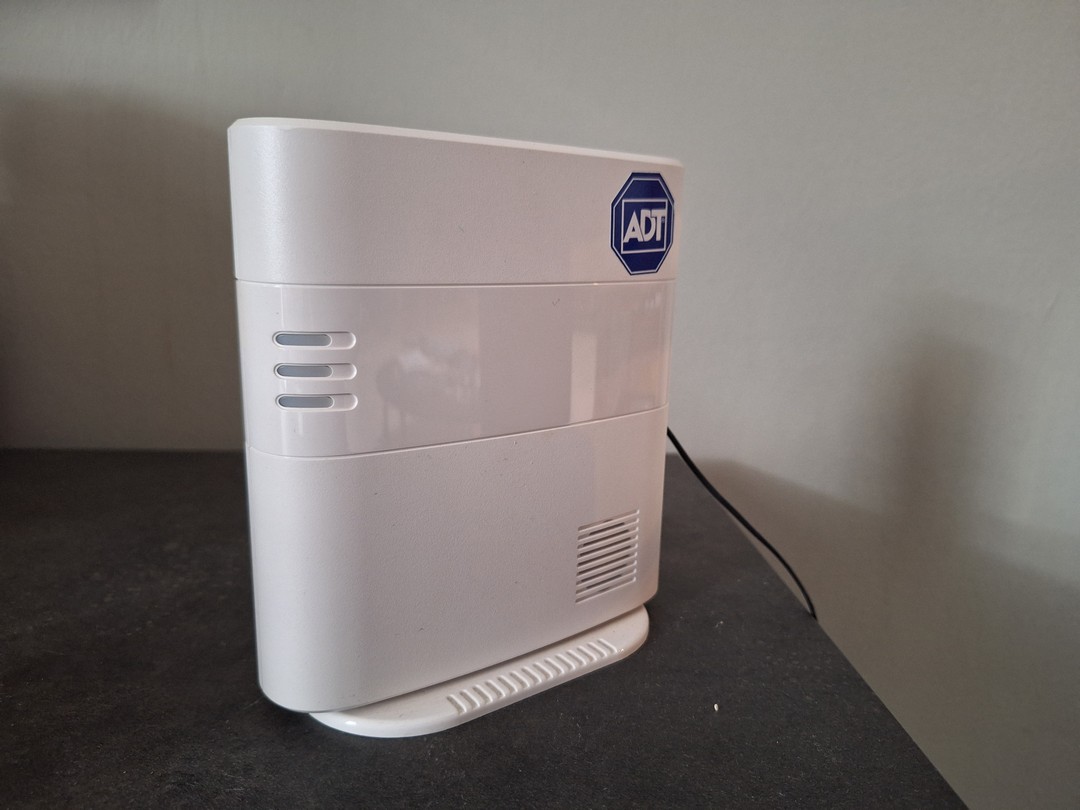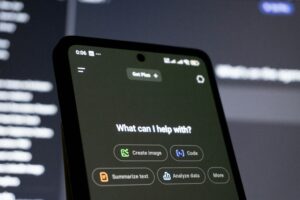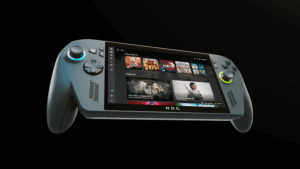
With most people using 4G and 5G phones today, it’s easy to think that the switching off of 3G mobile networks in Singapore next month is of little consequence.
Yet, the sunsetting of the old network will impact a lot of services, from connected car services to home security and alarm systems, and many consumers face disruptions and raw deals, as a result.
Cars that rely on 3G to send telemetric data for maintenance or use it for emergency SOS calls will have that vital link cut off. Even relatively new vehicles, made just five or six years ago, will be affected by this.
Notably, some cars using 4G services will be impacted, according to a notice I got from BMW for my six-year-old car this past week. Many of the services, such as SOS calls, will be switched off.
There’s no upgrade path available, even though the cars are pretty new. Plus, this news update from BMW comes just a month before the disconnection of these services, even though the authorities had announced the 3G shutdown a year ago.
The carmaker isn’t alone in this last-minute notice. Those who use home security alarm systems, which rely on a 3G signal to send alerts to a command centre, also need to worry about disruption.
Also in the past week or so, I got a notice from Secom, the security company, to upgrade my home security module. The existing one, which I have used for more than four years now, won’t work when 3G is turned off in the next few weeks.
Funnily, Secom wants me to recontract for three years for a new set of equipment, since I had already completed the earlier contract. Later, when I told the company I had nothing to do with this 3G switch-off, it offered to upgrade the module for a one-time charge of S$60, with no contract included.
Though that might seem like a good deal, don’t forget that I pay more than S$70 a month for the security service. So, it’s not like I’m just buying equipment here.
The bottomline is that, as a consumer, I’ve been forced to cough up extra money or face disruption thanks to a network switch-off not of my doing. That’s a raw deal.

And these are just two examples. There may be many more devices that need to be upgraded. My daughter’s kiddy smartwatch, for example, runs on 3G and I’ve swapped it for a Samsung version earlier this year.
Thing is, if I can take action months ahead to minimise disruption and reduce the anxiety of a cutoff, why couldn’t companies like BMW and Secom have done the same?
Surely, they’d have had months to plan their communications and offer alternatives to customers. Instead, they’ve just pushed out late notifications and offered up unappealing options after 3G.
Let’s also not forget the bigger issues facing businesses that use older 3G sensors, say, to track their vehicles, control smart room lighting or sense air quality. They should have made the switch by now or they’d be facing a rude shock come July 31.
To be sure, the upgrading of networks is always ongoing and older devices and services should not be holding up precious bandwidth for use by newer 4G and 5G networks.
Managing this change, however, is crucial. 3G is the first network which data services have been built on – 2G was too slow – so its sunsetting is felt more significantly than before.
Worryingly, this means the disruption could be a lot worse when 4G, which is used by many more connected devices today, is shut down in the years ahead.
The older 2G technology was switched off in Singapore in 2017, after running for 23 years from 1994. 3G is now being shut down after 19 years, since it’s been running from 2005, according to the Infocomm Media Development Authority.
What of 4G, which started in 2011? Even if we ignore the shortening lifespans of each mobile network generation and assume it lasts as long as 3G, the current 4G network could be facing sunset from 2030.
Now, remember that the “next-gen” ERP 2.0 road toll kit being fitted now in vehicles in Singapore will only be on all vehicles by end-2025. That’s a mere five years from 2030.
You hope the authorities have a plan to reduce any future disruption with this unpopular kit, which already has much-publicised problems. The last thing car owners should be forced to do is install yet another kit.
Nor should the country be held back from launching new 6G services, expected by 2030, because it needs to keep old 4G services in the air for a road toll device that was already outdated on arrival.
Clearly, the switchover of networks may potentially disrupt many services but this can be moderated by early planning, careful migration and clear communication.
The lessons from this 3G turnoff in Singapore are important in the years ahead, when many more connected devices will be cut off from a sunsetting network.






